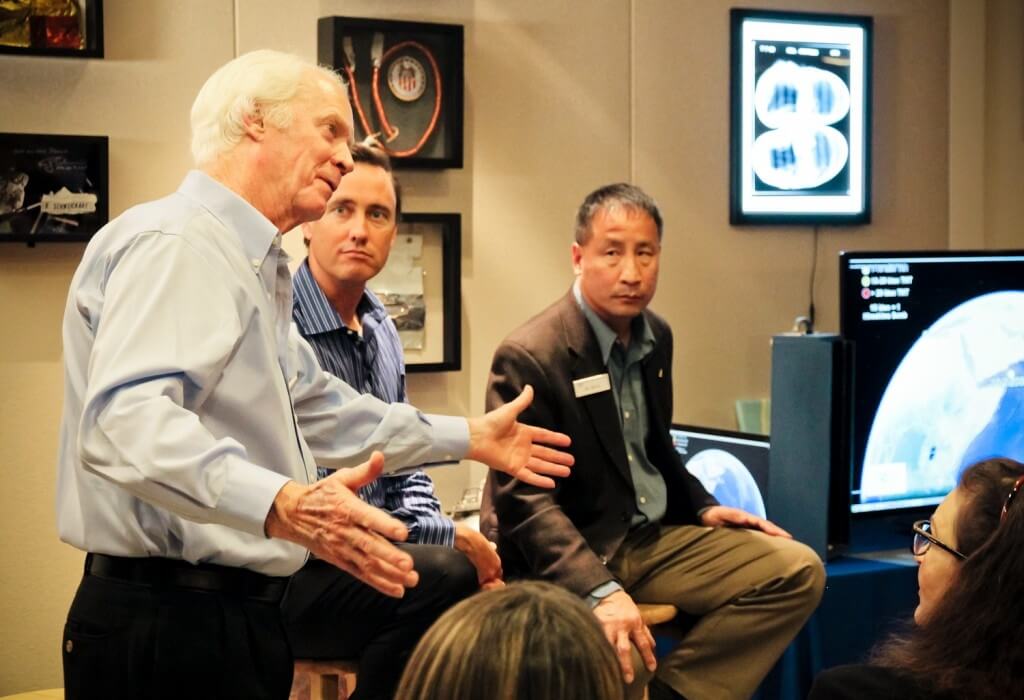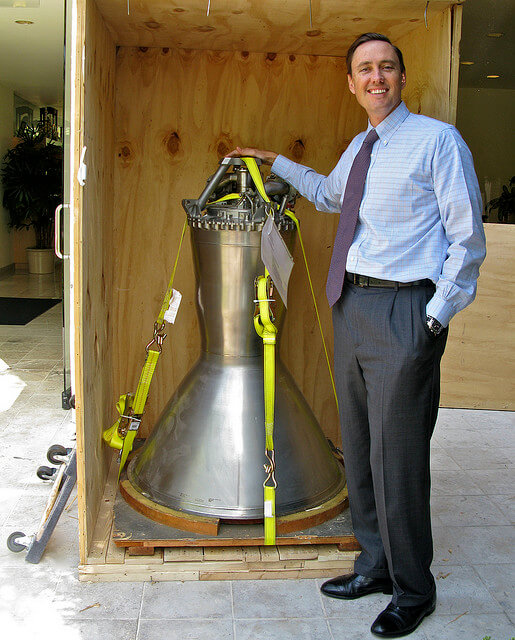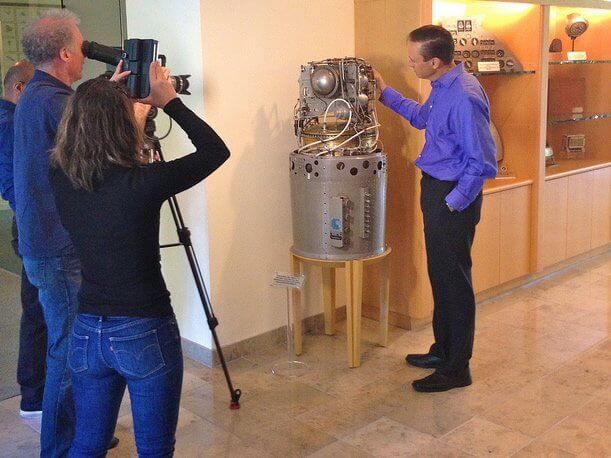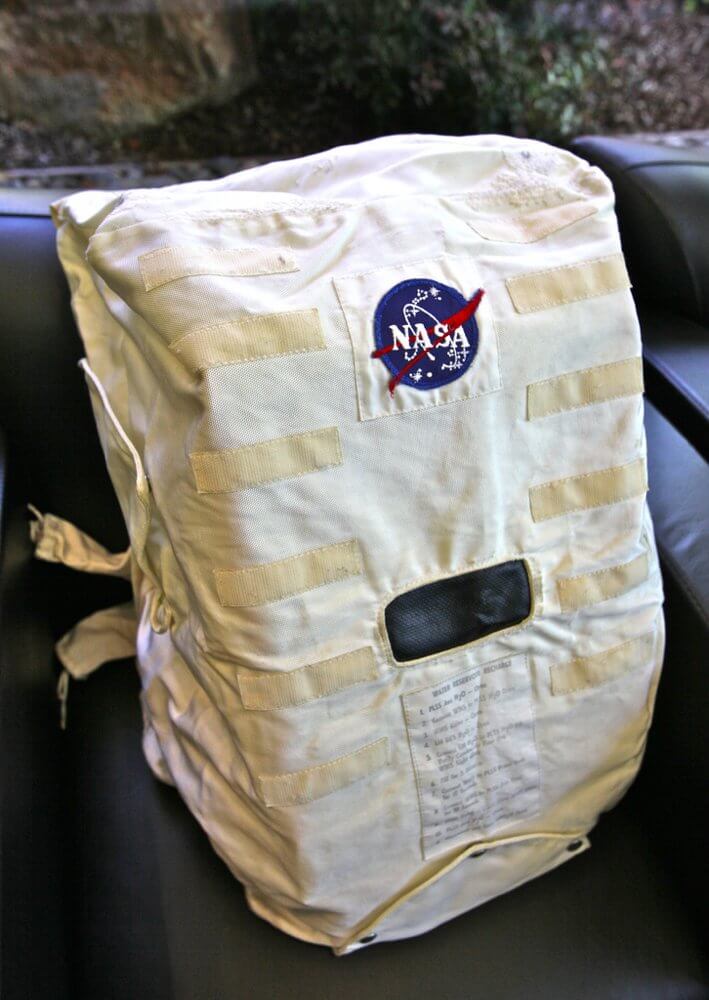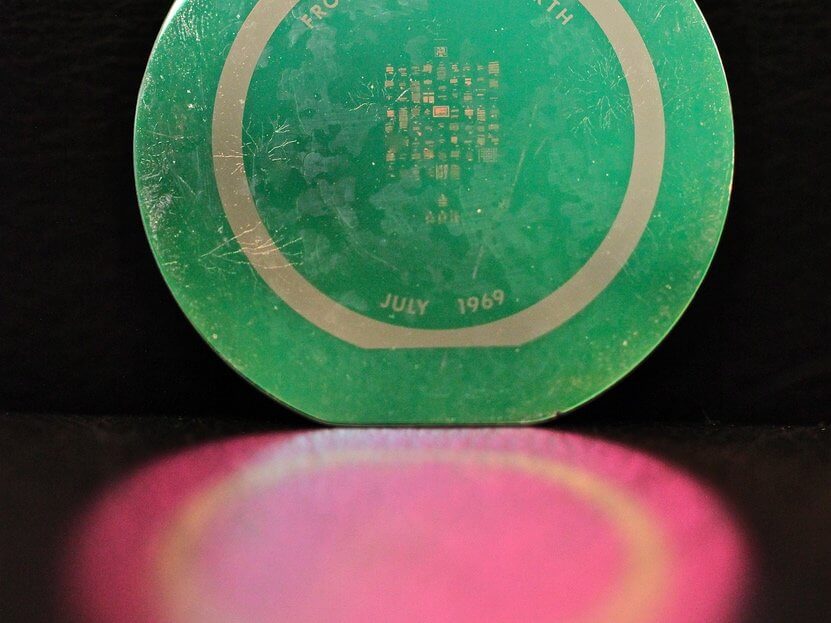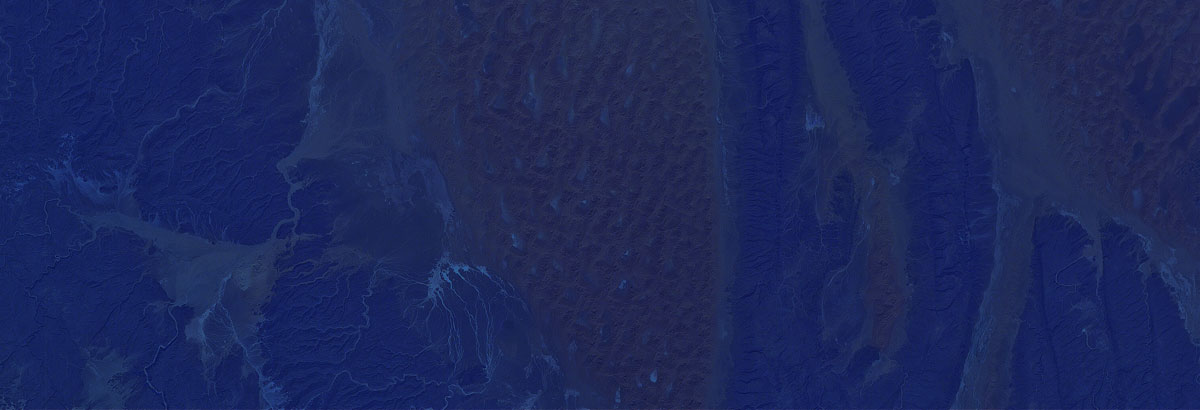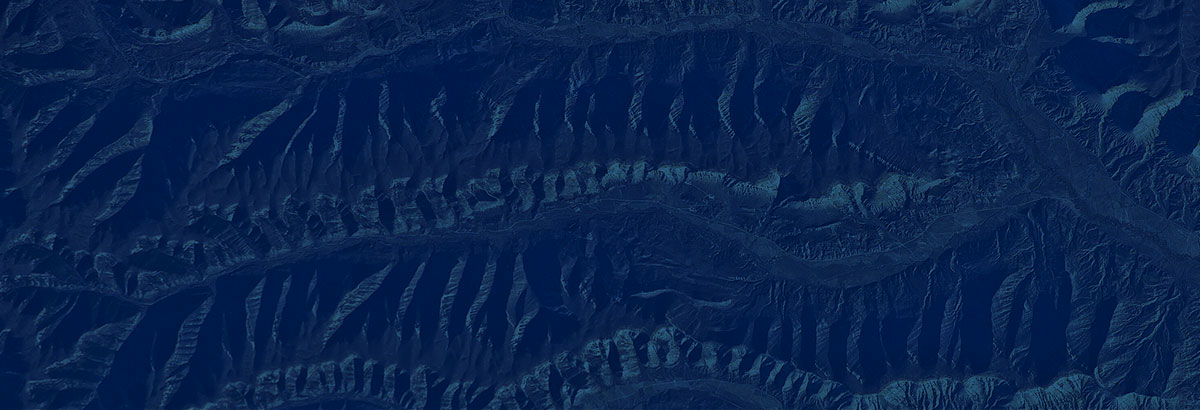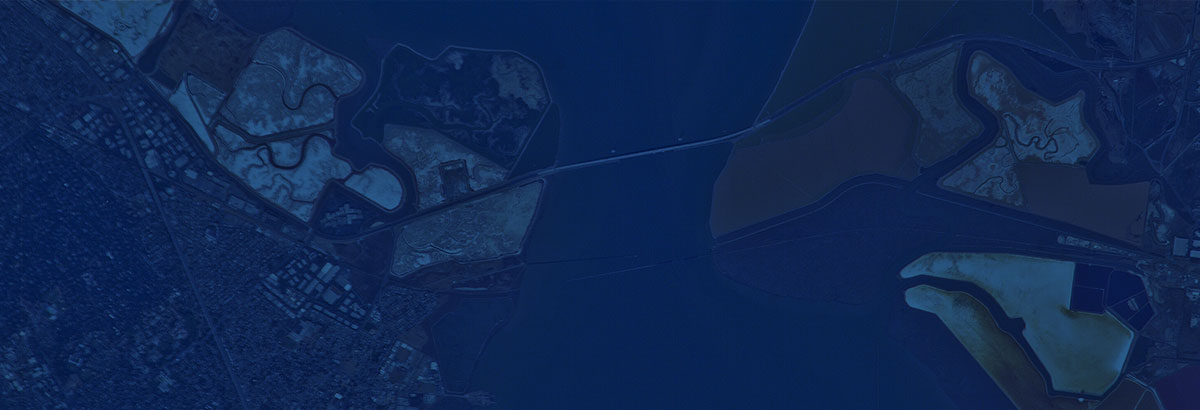Donor Profile: Steve Jurvetson
February 6, 2015
Steve Jurvetson’s Biography
Bio: Steve Jurvetson is a Partner at DFJ. The SF Chronicle and SF Examiner recognized Steve as one of “ten people expected to have the greatest impact on the Bay Area in the early part of the 21st Century.” Steve was chosen by Forbes as one of “Tech’s Best Venture Investors,” by the VC Journal as one of the “Ten Most Influential VCs”, and by Fortune as part of their “Brain Trust of Top Ten Minds.” The World Economic Forum selected Steve to be a Young Global Leader, and he is also a Distinguished Alumnus at St. Mark’s (where he was a Commencement Speaker).
His current board responsibilities include SpaceX, Synthetic Genomics, and Tesla Motors (TSLA). He was the founding VC investor in Hotmail, Interwoven (IWOV), Kana (KANA), and NeoPhotonics(NPTN). He also led DFJ’s investments in other companies that were acquired for $12 billion in aggregate.
Previously, Steve was an R&D Engineer at Hewlett-Packard, where seven of his communications chip designs were fabricated. He has also worked at Apple and NeXT Software. As a Consultant with Bain & Company, Steve developed executive marketing, sales, engineering and business strategies.
At Stanford University, he finished his BSEE in 2.5 years and graduated #1 in his class, as the Henry Ford Scholar. Steve also holds an MS in Electrical Engineering from Stanford. He received his MBA from the Stanford Business School, where he was an Arjay Miller Scholar. He also serves on the Advisory Boards of SRI International, WAVC, STVP, and SEVF.
(Image: Sentinel Mission, 2013)
The Interview:
We are honored to have Steve’s support as a Strategic Advisor and as a Founding Circle member. Steve also joined the international effort to accelerate asteroid discovery by signing the 100x Asteroid Declaration.
How did you become involved with the Sentinel Mission?
I first met Rusty Schweickart when he was CEO of Aloha Networks, a DFJ investment in TCP/IP services via satellite. We then reconnected with the B612 Foundation, which Rusty founded to defend the Earth from asteroids. When Rusty told me about all of the research and work he and Ed Lu had done on asteroid deflection and their development of the gravity tractor, I came to understand that the problem wasn’t so much deflecting the asteroids, it was knowing where they are. So, early on I hosted a small group of Silicon Valley VC’s to come together and learn about the problem. Rusty and Ed convinced us that building the Sentinel Space Telescope was the solution. And I was on board!
What do you find most compelling about the Sentinel Mission?
There are so many new opportunities emerging to explore and use space and space resources that would not have been possible just a few decades ago. I do consider the Sentinel Mission to be one of the most exciting new private space ventures of our time.
Putting an infrared telescope in orbit around the sun near Venus, looking outward, to detect and map the trajectory of all possible asteroid threats to Earth in the next 50 to 100 years… what a great leap forward for us.
Why did you choose to make a gift to the Sentinel Mission?
My work as a VC focuses on investing in great ideas and great people. B612 Foundation and the Sentinel Mission has both.
I wanted to be a part of a bold, Silicon-Valley style start-up, that has the vision to break out of the mold of complete reliance on governmental funding, and to create a privately managed and funded organization. Projects like the Sentinel Space Telescope are not just in the purview of large space agencies anymore. Private companies and nations now can compete with more ideas, more innovation and sometimes, collaboration. I think this takes the space industry, space science, and exploration to a whole new level.
Just as our Mercury, Gemini and Apollo astronauts flew our first great space missions, I believe that Sentinel is the next great space mission.
What are your views on the urgency of planetary defense in regards to Near-Earth Asteroids?
Two years ago when the asteroid impacted in Chelyabinsk, Russia, that should have been our big wake-up call. Asteroid impacts do happen, and we have the video footage to prove it.
So people need to learn about asteroid impacts and for the past two years, I’ve hosted a fundraiser for the Sentinel Mission in my offices in Menlo Park because I want people to understand how important the mission is to me (and hopefully, to them)… We need enough time to give a critical nudge to the nasty asteroids, and thereby protect life on Earth.
How do you see our mission as part of the future of space exploration?
This is space’s Netscape moment. A decade ago we couldn’t predict the emergence of social media, and now we can’t predict the innovations that will happen in the space industry in the next decade. With the growth of satellite technology, I’m eager to witness the many innovations that are happening in this field, from communications to mapping to other applications yet to be invented. I strongly believe that through the development of space, we will greatly improve life on Earth. Access to space is so important for so many areas of life: agriculture, humanitarian efforts, communications and navigation. And as we grow and change, we must become better, more sustainable stewards of Earth.
There are so many new opportunities emerging to explore and use space and space resources that would not have been possible just a few decades ago. And when you can lower the cost of access to space, even more innovation follows.
How did your love of space and space exploration evolve? Tell us about your extraordinary space artifact collection, too.
When I was 11, I went to space camp at the Space Center in Texas, near where I grew up, which was hugely influential and inspiring. (While I was at space camp, I also met video-game-industry pioneer Richard Garriott, better known to gamers everywhere as Ultima creator Lord British.)
My son and I share a passionate hobby: building and launching rockets. We regularly travel to Nevada’s Black Rock Desert to launch rockets. More than a decade ago, I picked up a rocket kit at a hobby store, and we assembled it and launched it. At first, we started with small ones. Over time, the rockets have gotten bigger and we’re now assembling custom designs with esoteric materials, plus on-board video cameras, computers and GPS to measure performance.
About my Space Collection: my coworkers now call the office “DFJ Space Museum.” I have to admit I have gone completely gonzo, and I’m proud to say that PBS filmed it for a program about commercial space exploration.
It’s I always fun for me to have Rusty and Ed and the other Sentinel Mission team over to my collection, as they show me how things work, and have the real stories of what it’s like to be an astronaut, using these tools and objects in space.
I post photos of the collection on Flickr. Each artifact also has a personal caption about it so you can learn more about the collection.
This Apollo era rocket engine was originally designed for the Lunar Module Descent Engine (LMDE or DPS), and then employed as the 2nd-stage engine on the Delta Space Launch Vehicle. This may be the only complete unit in existence. Photo by Jurvetson on flickr
The Apollo Fuel Cell in lobby of the office: This is an electric fuel cell. It combined hydrogen and oxygen to generate electricity onboard. Photo by Jurvetson on flickr
X-ray image of Neil Armstrong’s Moon Boots: taken on 7-7-69, only 9 days before the launch. To me, they are ‘ethereal echoes’ of the footprints Armstrong left on the moon. Photo by Jurvetson on flickr
An Apollo Portable Life Support System: necessary for any Apollo-era stroll on the moon. On Apollo 9, Lunar Module Pilot and Sentinel Mission co-founder Rusty Schweickart performed the first EVA (extravehicular activity) for Apollo, as he opened the hatch to watch the Earth stream by on the first untethered space walk, and went on to fly the lunar module for the first. Rusty’s PLSS (Personal Life Support System backpack), the first and only PLSS to be space-tested before the lunar landing. Photo by Jurvetson on flickr
On July 16, 1969, Apollo 11 took flight to the moon. In the days that preceded the launch, the U.S. scrambled to pull together the messages from Earth that would be left behind on the moon. This is the Apollo Goodwill Disc, and it was engineered to last long after the U.S. flag was destroyed.
This silicon disc contains etched letters (scanned and reduced 200x) from the leaders of the world’s nations. This is one of the discs produced by Sprague and retained by a Sprague manager; a second resides in the Smithsonian, and a third rests on the Moon’s Sea of Tranquility, deposited there by Buzz Aldrin. Photo by Jurvetson on flickr
Who are your inspirations?
Elon Musk, definitely. I think he’s really an American hero, more than anyone I’ve ever met.
What’s on your bucket list?
Well, I really hope to visit the moon one day.
Last question: Star Wars or Star Trek?
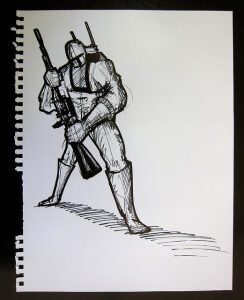 In the original renditions: Star Wars! No doubt! But with the JJ Abrams rendition of Star Trek, I’d have to say the latest Star Trek is better than the latest Star Wars. Here is a doodle of his that I have framed in my office: Boba Fettish. I noticed JJ Abrams doodling away during our group discussion, and he kindly gave me his proto-bounty hunter afterward. Spending the weekend with George Lucas may have had an influence. =) Photo by Jurvetson on flickr
In the original renditions: Star Wars! No doubt! But with the JJ Abrams rendition of Star Trek, I’d have to say the latest Star Trek is better than the latest Star Wars. Here is a doodle of his that I have framed in my office: Boba Fettish. I noticed JJ Abrams doodling away during our group discussion, and he kindly gave me his proto-bounty hunter afterward. Spending the weekend with George Lucas may have had an influence. =) Photo by Jurvetson on flickr









